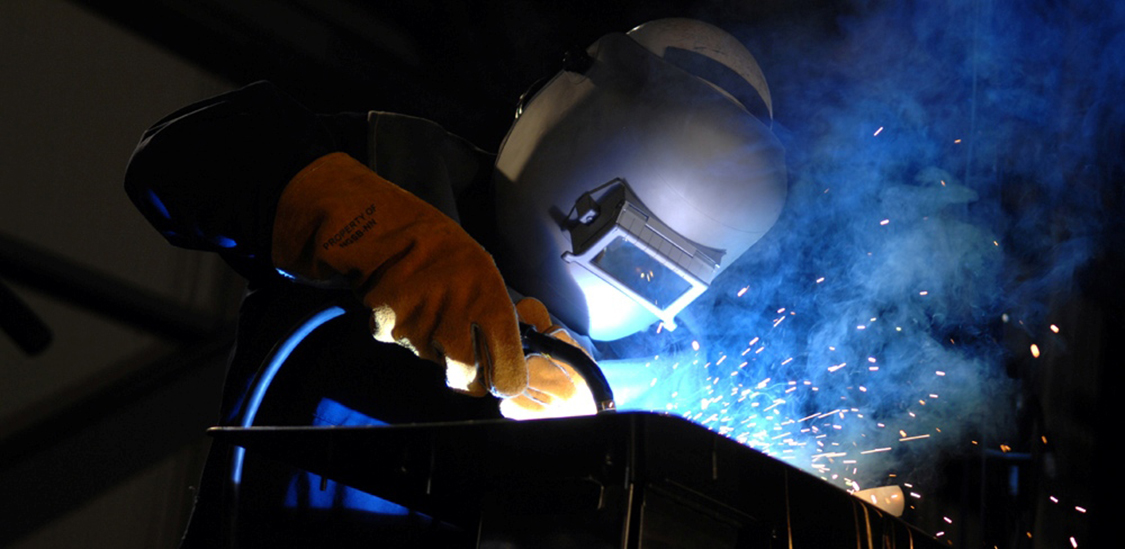Temperature, Kinetic Theory, and the Gas Laws
92 Introduction to Temperature, Kinetic Theory, and the Gas Laws
Learning Objectives
- Define heat and temperature and explain their differences.
- Describe how thermal energy is transferred through conduction, convection, and radiation.
- Explain how thermal transfer applies to biological and environmental systems.
Introduction to Heat, Temperature, and Thermal Energy
Heat is a fundamental form of energy transfer that impacts nearly every biological and physical process. From the regulation of body temperature to the mechanisms of fever, hypothermia, and inflammation, heat and its transfer are key concepts in the health and life sciences. On a planetary scale, heat from the Sun drives climate systems, weather patterns, and photosynthesis. In space, stars release vast quantities of thermal energy, contributing to cosmic evolution and matter distribution.
In daily life, we are acutely aware of heat: the warmth of sunlight on skin, the heat of a fever, or the cooling effect of sweat. These sensations are related to heat transfer—the movement of thermal energy from one system to another due to a difference in temperature.

To fully understand the flow of energy in systems—from cells to the atmosphere—we must carefully distinguish between heat, temperature, and internal energy. This chapter introduces these concepts and shows how they connect to broader physical principles and biological relevance.

the quantity measured by a thermometer

